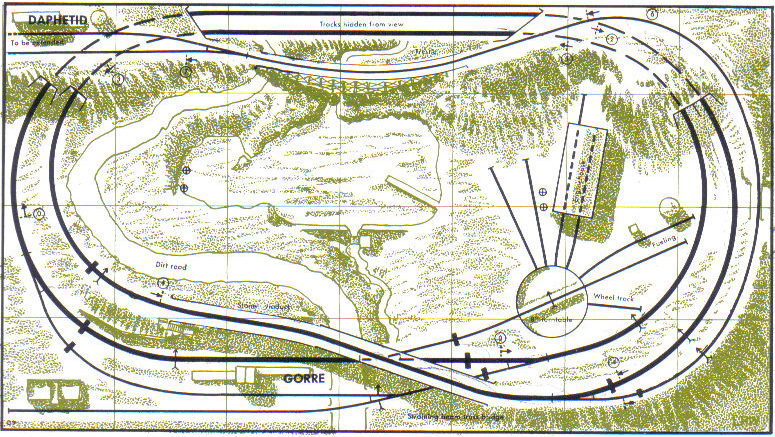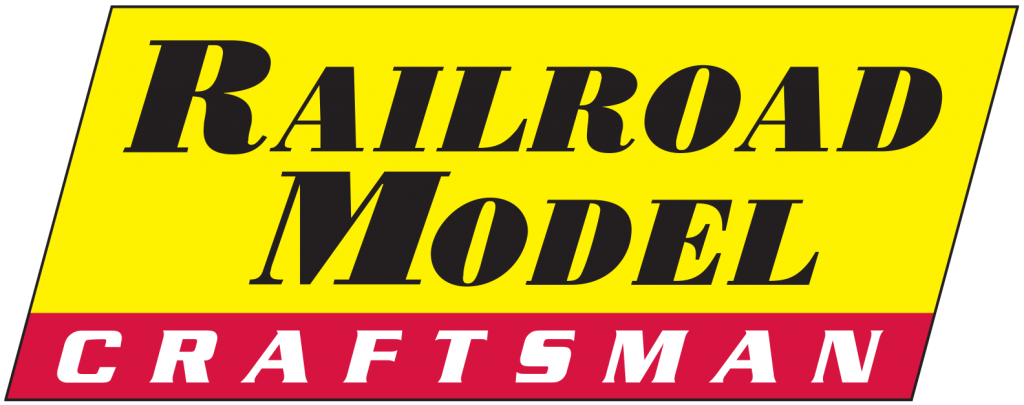Setting up your trains is easy and fun. Many model railroaders get started with a train set, popular because they include everything you need to start running such as trains, track, and a power pack. You can also get these items individually to suit your own personal taste from your local hobby shop. Either way, once you acquire your trains, you’ll need to find somewhere to run them.
1. Select a location. Where to build your model railroad? An ideal situation for your new model railroad would be use of a spare room, part of an attic, or garage. It’s best to work in an area that is not subject to great changes in temperature or humidity, as they will affect the performance of your model trains. If you’re really pressed for space, you could build your railroad so it can be stored on its side, under a bed or a couch. It’s best to start out small, and the standard size for a modest first model railroad is a 4×8-foot tabletop. You’ll also need a source of light and electricity.
2. Off the floor and onto the table top. While it is tempting to set up your trains on the floor and start running right away, you’ll want to get them up off the ground and onto a sturdy table as soon as you can. The floor or carpet is full of fibers that can work their way into the small motor that powers your train and cause it to stop working properly. Most model railroads are built upon a tabletop built specifically for model trains. The surface is usually plywood supported by framing members. You could also use thick foam insulation board. It doesn’t matter either way, as you’ll soon have the surface covered with tracks, roads, buildings, and scenery!

3. An oval is a good start. If you purchased a train set, most likely it contains enough track to make a small oval configuration. This is a great starting point for your model railroad empire. As your railroad grows, you’ll find ways to expand your track with additional sections and switch tracks. For now, it is important that you use care in connecting the tracks to one another. Take you time, and you’ll see how easy it is to make smooth tracks for your trains to run on.
Step 3: Tools, Tips, and Tricks




